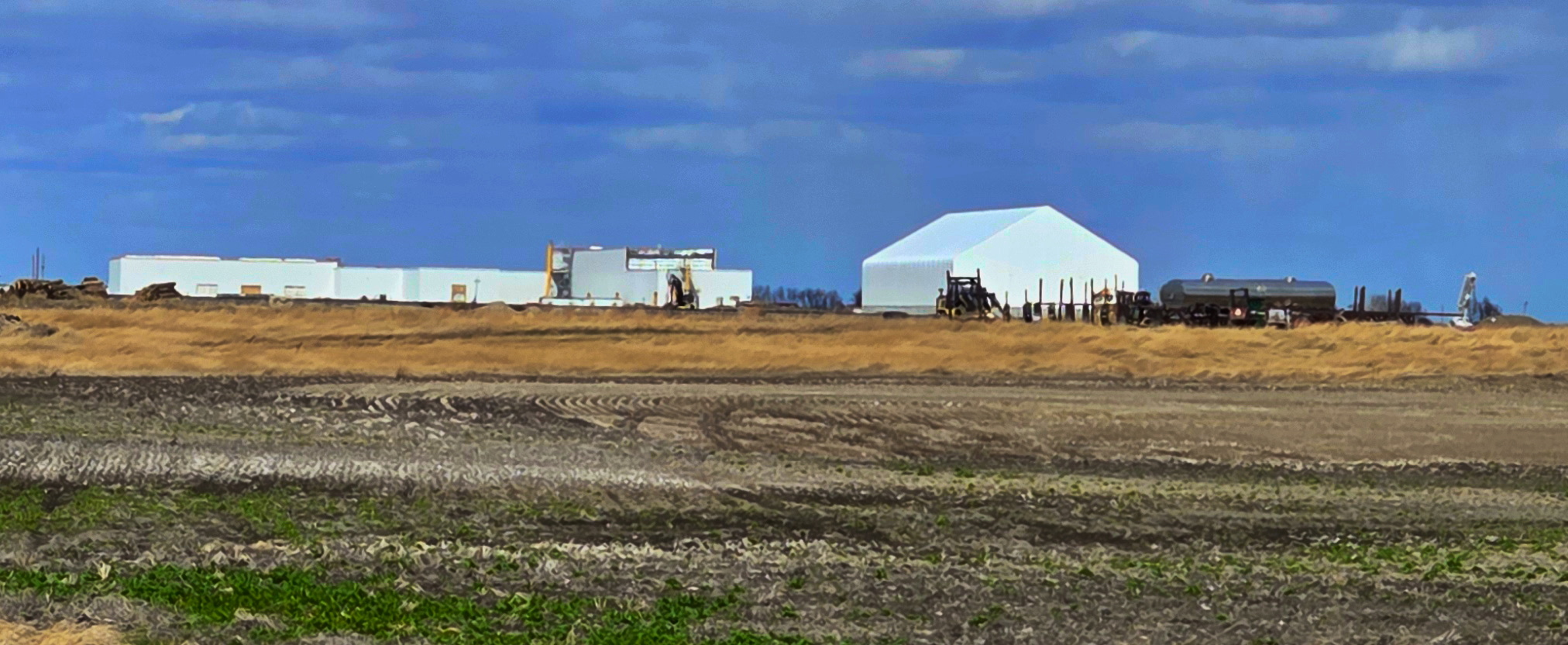As Chestermere businesses navigate the post-pandemic economy, experts predict that the rate of insolvencies will continue to stay elevated through 2024. This trend comes as the economy seeks to normalize following the historically low levels of bankruptcy and restructuring procedures seen during the COVID-19 pandemic.
Natasha MacParland, a partner at Davies Ward Phillips & Vineberg LLP, explains the situation as an inevitable period of adjustment. “After several years of artificially low filings due to government supports, we’re now seeing a necessary catch-up,” MacParland stated. The pandemic period witnessed unprecedentedly low levels of insolvency filings, but as these supports wane, 2023 began showing signs of a return to pre-pandemic normalcy, a trend anticipated to continue into 2024.
According to the Office of the Superintendent of Bankruptcy, business insolvencies in 2023 surged by 41.4% compared to 2022 and were nearly 31% higher than in 2019. This increase marks a significant shift as businesses start to surpass pre-pandemic insolvency levels. However, MacParland reassures that this is not necessarily a cause for concern, indicating a return to a healthier economic cycle where some level of insolvency is expected.
Insolvency, which encompasses both bankruptcies and proposals for restructuring, signifies a business’s inability to pay off its debts and expenses. During the pandemic, a combination of government assistance and leniency from lenders kept these numbers unusually low, extending even longer than many industry observers had anticipated.
Dina Kovacevic, editor of the trade publication Insolvency Insider, commented on the recent trends, noting that insolvency levels began to increase in 2023 as businesses faced challenges in repaying COVID-19 loans amidst a backdrop of impatient lenders. “We’re witnessing a normalization in the economy. The numbers we’re seeing now, although higher, are still within or even below the expected range, indicating no immediate cause for concern,” Kovacevic remarked.
Both MacParland and Kovacevic agree that while insolvency levels are currently higher than pre-pandemic figures, they are likely to taper closer to those levels towards the latter part of 2024, depending on the overall economic health.
Additionally, the Canadian Federation of Independent Business highlights other contributing factors to the rising insolvency rates, including inflation, labor shortages, higher interest rates, and weaker consumer spending. January saw a significant spike in business insolvencies, attributed partly to a mid-January deadline for businesses to qualify for partial forgiveness of pandemic loans, which may have exacerbated the situation for many.
Small businesses, in particular, seem to be driving the increase in filings, with a noticeable shift towards more bankruptcies relative to proposals. This trend suggests fewer refinancing options available to small businesses, possibly due to tighter lending conditions amidst rising interest rates.
As Chestermere’s business community continues to adapt to these evolving economic conditions, the insights from MacParland, Kovacevic, and others in the industry provide a crucial understanding of the challenges and potential recovery paths that lie ahead.
Chestermere Stays Alert: Insolvency Rates to Remain High into 2024

Economic Recovery from Pandemic Spurs Ongoing Adjustment in Business Filings
In response to Canada's Online News Act and Meta (Facebook and Instagram) removing access to Canada's local news from their platforms, Anchor Media Inc encourages you to get your news directly from your trusted source by bookmarking this site and downloading the Rogue Radio App. Send your news tips, story ideas, pictures, and videos to info@anchormedia.ca.






